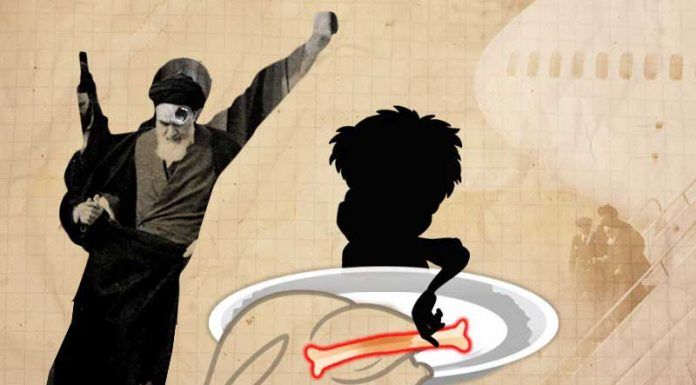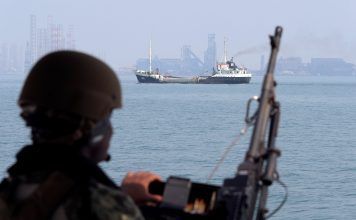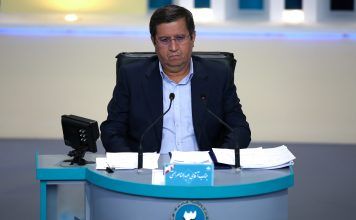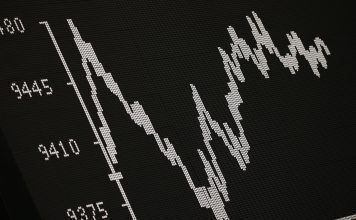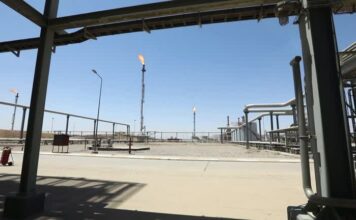By Kayhan Life Staff
A recent report by the Statistical Center of Iran, a government agency, said that in January, Iran posted 48.2 percent inflation compared to January 2020. This rate included the cost of non-food goods and services. The price increase in food, beverages and tobacco products was 66.8 percent.
While the average inflation rate moderates the large and or negative shocks to the price levels during a period (in a year, for instance), the point-to-point inflation rate (year-on-year, month-on-month, etc.) discounts the seasonality in price fluctuation. It is the percentage change in the price index compared to the previous year.
The report also showed that rural households experienced far higher inflation than families living in urban centers.
The year-on-year inflation rate for urban and rural households was 47.2 percent and 53.6 percent respectively in January, showing an increase of 1.7 and 3.8 percentage points since the start of December.
[aesop_image img=”https://kayhanlife.com/wp-content/uploads/2020/02/2020-02-29T112801Z_574834663_RC2BAF9RS0IX_RTRMADP_3_CHINA-HEALTH-IRAN-scaled.jpg” panorama=”off” credit=”FILE PHOTO: Iranian people wear protective masks to prevent contracting a coronavirus, in Tehran. REUTERS./” align=”center” lightbox=”on” captionsrc=”custom” captionposition=”left” revealfx=”off” overlay_revealfx=”off”]
On a month-on-month basis, the inflation rate reached 2.5 percent in January, showing an increase of 0.7 percentage points from December.
The average monthly inflation rate for food, beverages, and tobacco products was 5.2 percent, and for goods and services, it was 1.1 percent. In January, the monthly inflation rate for urban and rural households rose by 0.5 and 1.6 percentage points to 2.4 percent and 3.3 percent, respectively.
The annual inflation rate, calculated from the middle of last March to January this year, has risen to 34.2 percent, the highest so far this year. Abdolnaser Hemmati, the governor of the Central Bank of Iran, had previously announced that he would keep the annual inflation rate at 22 percent in the 2020-21 calendar year, Iranian year starting March 21. However, the lowest inflation rate in the last 11 months stood at 25.8 percent in August.
Also, the annual inflation rate for urban and rural households was 34.1 percent and 35 percent during the same period. The figure shows that annual inflation has increased by 1.9 percentage points for urban households and 2.5 percentage points for rural households.
One of the most significant parts of the report pertains to the inflation rate for food products because it directly affects the working and middle classes. The inflation rate for food products has risen sharply in February.
According to the Statistics Center of Iran, the year-on-year inflation rate for food, beverages, and tobacco products was recorded at 66.8 percent in January, showing a 6.9 percent increase from December. The year-on-year inflation rate for the goods and services decreased by two-tenths of a percent, reaching 39.7 percent in January.
Meanwhile, Iranian President Hassan Rouhani recently said the average inflation rate had slowed at the end of January, adding: “all signs point to a slowing trend in the inflation rate, and we must do our utmost to prevent it from climbing up again.”
“The low-income segment of the population and not the wealthy were severely affected by the rising inflation rate and the high cost of food products in January,” the Tehran-based Eghtesad News website reported recently. “The price increase also has pushed the point-to-point inflation to its highest level so far this year.”
This article was translated and adapted from Persian by Fardine Hamidi

